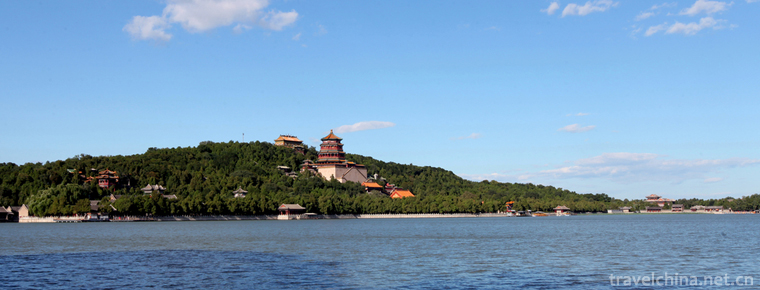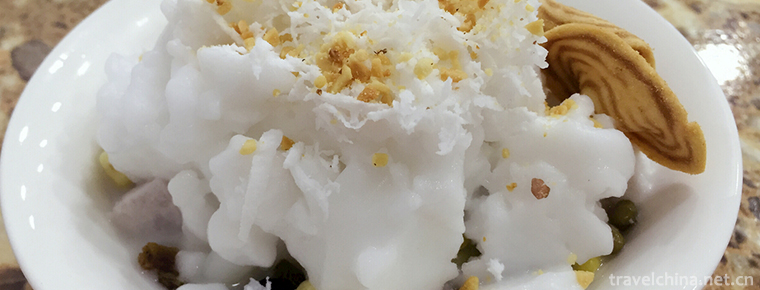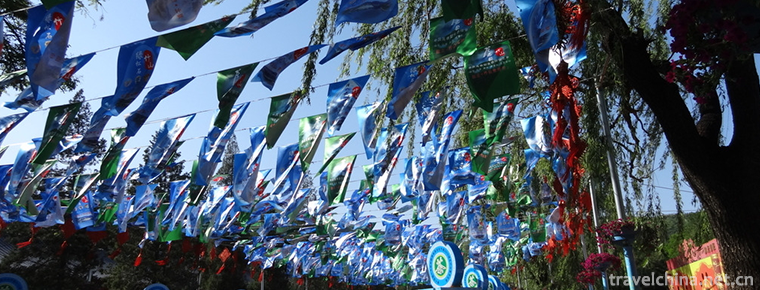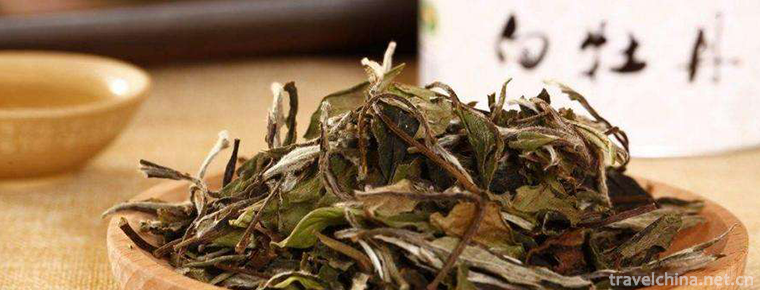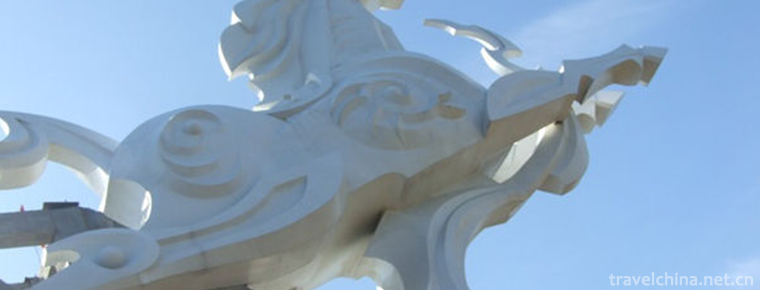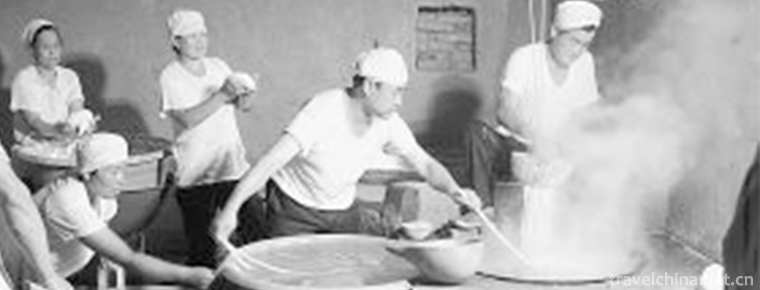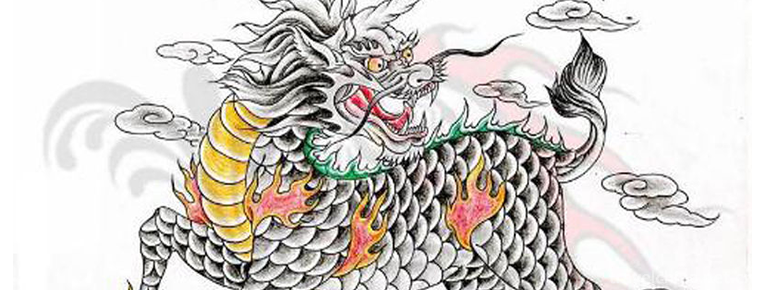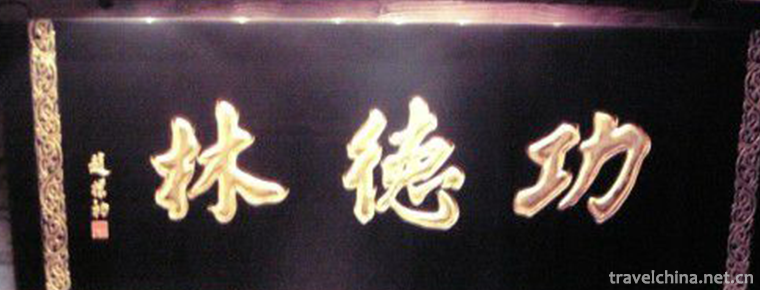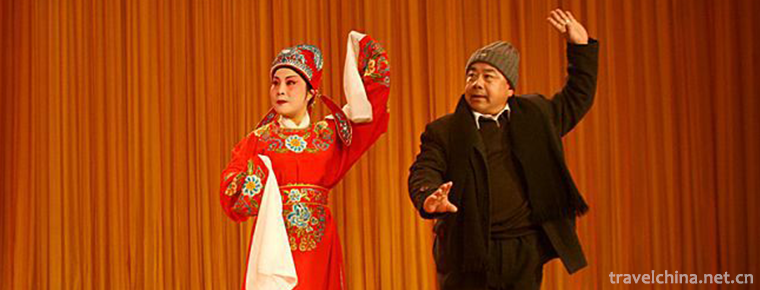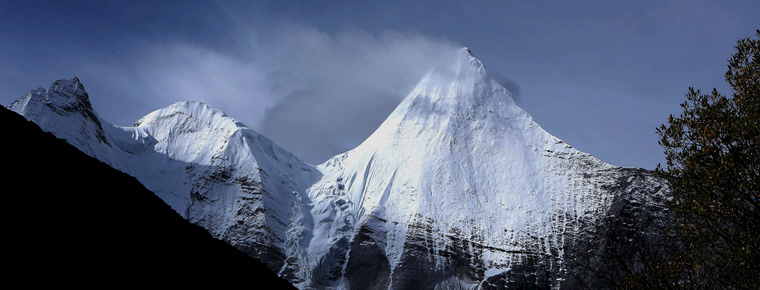Xuan dance
Xuan dance
Xuan is the Xiangxiong language. The earliest name used by Yongzhong Ben religion of the ancient Xiangxiong Buddha is "Xuan" dance. Xuan has more profound and profound implications. Xuan is a transliteration in Chinese translation. Xuan, Xuan and Xian have been used to express the meaning of song and dance. "Xuan" Dance and the other two kinds of Ali are still popular today.
"Kale" and "Zhuo" (Zhuo includes Guozhuang) are two series of songs and dances with strong cultural characteristics of Xiangxiong. Xuan dance is a kind of traditional Tibetan lyric song and dance, which is rich in ancient charm and elegant in expression, singing and dancing.
On June 7, 2008, Xuanwu was listed in the second batch of national intangible cultural heritage list with the approval of the State Council.
The earliest propaganda dances can be traced back to the glorious and prosperous period of the Ancient Xiangxiong Dynasty. According to Tibetan historical records, propaganda dances were performed whenever Yongzhongben Buddhist Zu Dunba was welcomed or sent to Yongzhongben, and on the fifteenth day of the first lunar month, when Miwo Buddha was born. The number of dancers is less than 20, and more than 100. A male dancer is inspired by a leather drum. Among all the "Xuan" schedules, he is the first to take the lead in dancing. When dancing Xuan dance, dancers always wear the most exquisite and luxurious clothes, the most brilliant cloak, the most precious and dazzling jewelry, headdresses covered with silver inlaid with red coral and turquoise, and other jewelry. Their arms are crossed in front of their chest, dancing with Xuan dance steps, singing and dancing with Dragon Body lines or changeable queues. First slow and then fast dance rhythm dancing, accompanied by big drums, small drums, big trumpets, Suona, gongs, bowls, etc., melodious voice, steady gait, singing and dancing, dancing "Xuan" dance turn direction is also consistent with the direction of the transformation of Xiangxiong Yongzhong Ben religion .
Xuan Dance originated from the ancient Xiangxiong Dynasty and developed continuously when it was inherited to the Guge Dynasty. Xuanxiong dance is the most iconic traditional folk art in Ali area. It has been inherited completely for thousands of years from Xiangxiong to Guge. It records history well and expresses the pious beliefs of Plateau people. "Xuan" dance is a combination of speaking, singing and dancing. Its costumes are exquisite and luxurious, its songs are melodious and its gestures are graceful and graceful. The whole dance is noble and elegant, its gait is steady and graceful, which contains solemn joy. The dance form is different from the fast rhythm of Tibetan dance in other areas. The dance gestures blend the folk dances of Central Tibet and Post-Tibet. The essence is unique, and the rap form shows the profound and unique charm of the culture and art of ancient times, which covers all aspects of Tibetan religion, etiquette, customs, festivals and so on. Xuanwu is also a beautiful carrier and an excellent way to display the rich and beautiful Tibetan costumes. It has strong cultural color and unique charm of the elephant male.
Its dance posture combines the essence of Chinese Tibetan and Tibetan folk dance. It has unique features. The rap form shows the unique charm of Tibetan ancient language and literature, covering all aspects of Tibetan religion, etiquette, customs, festivals and so on. It gives people a sense of joy in a clear hierarchy, step by step and tranquility. "Xuan" dance combines Tibetan opera, dance, rap and other major Tibetan folk arts, and adds new development and changes on this basis. It is different from other folk art forms in Tibet, and has its own unique style and charm.

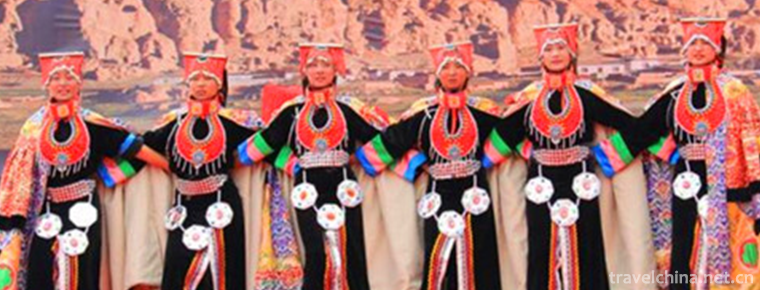
-
Ching Bo Leung
The word "cool" in Hainan dialect can be pronounced as "Yin Shang Sheng", which is homonymous with the two words used as weight unit. It is the soup of old fire for clearing heat a.
Views: 223 Time 2018-11-05 -
Badachu Park
Located at the south foot of Beijing's famous Xishan scenic spot, Badadu Park is a national AAAA-level scenic spot. It is the first batch of key cultural relics protection units in Beijing after the f.
Views: 116 Time 2018-12-24 -
White Tea Making Skills Fuding White Tea Making Skills
The production technology of Fuding White Tea is the central process of creating Fuding White Tea. It has superb production method and unique scientific and artistic charm.
Views: 273 Time 2019-04-03 -
Legend of White Horse Dragging
The legend of white horse dragging rein is spread in Baima Temple in Jincheng, Shanxi Province. Baima Temple Mountain was originally named Sima Mountain.
Views: 190 Time 2019-04-03 -
Gourd sculpture
There are two techniques for carving gourds. One is to use three kinds of special steel needles, large, medium and small, to carve the landscape, flowers and characters in the gourd.
Views: 386 Time 2019-05-03 -
Longkou Fans Traditional Handicraft Production Techniques
In the late Ming and early Qing Dynasties, Zhaoyuan people created a new technique of making mungbean vermicelli, which was divided into three manual operation processes: powder pushing, powder leakin.
Views: 245 Time 2019-05-14 -
Legend of Kirin
The legend of Kirin is mainly spread in Jiaxiang County of Shandong Province and its surrounding areas. Kirin is an auspicious God and animal in ancient legends. Ancient books say .
Views: 126 Time 2019-06-10 -
Vegetarian production skills
Gongdelin vegetarian food originated in temples. During Tongzhi period of Qing Dynasty, Temple vegetarian food gradually entered society. In 1922, the disciples of Wikipedia, a Buddhist monk at Changj.
Views: 291 Time 2019-06-17 -
Yihuang Opera
Yihuang Opera, formerly known as Yihuang Ban and Yihuang Diao, is one of the national intangible cultural heritage in Yihuang, Nancheng, Nanfeng and Guangchang counties of Jiangxi Province, as well as.
Views: 334 Time 2019-07-12 -
Mount sanshen
The three sacred mountains in Yading, Daocheng, are composed of three snow peaks, xiannairi, yangmaiyong and xianodoji, representing respectively Guanyin Bodhisattva, Manjusri Bodhisattva and Vajrayana Bodhisattva..
Views: 208 Time 2020-10-13 -
Deyang Education
By the end of 2018, Deyang had 856 schools, with 33000 full-time teachers and 543000 students. Among them, 339 primary schools enroll 32000 students and 185000 students; 123 junior high schools, 28000 students and 80000 students; 23 senior high schools.
Views: 333 Time 2020-12-14
